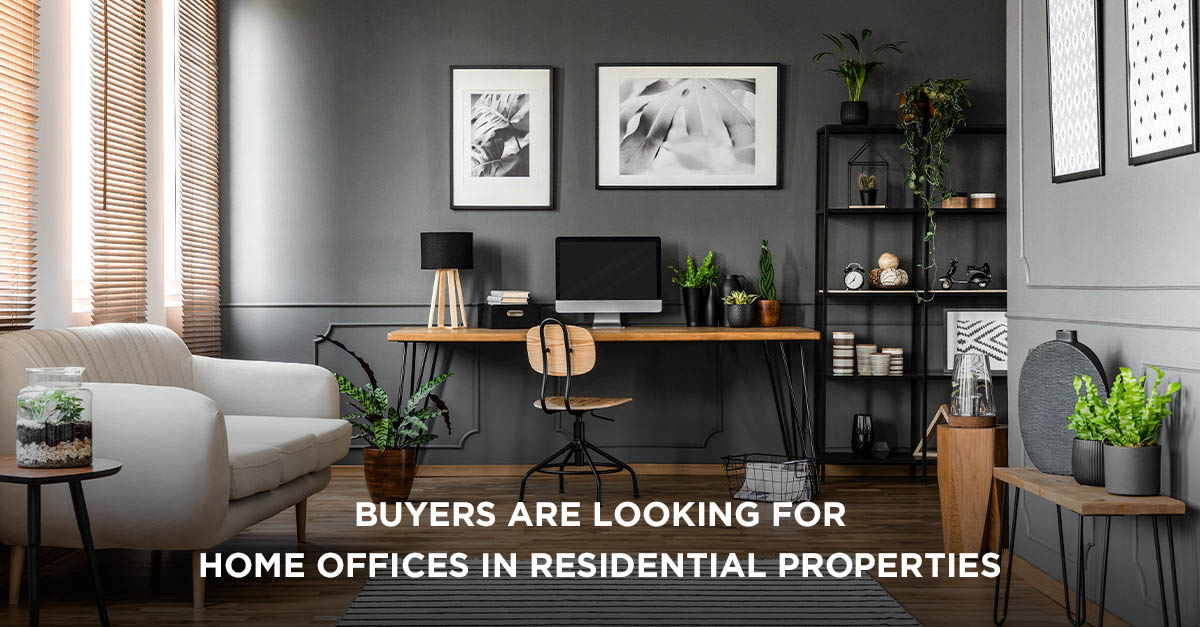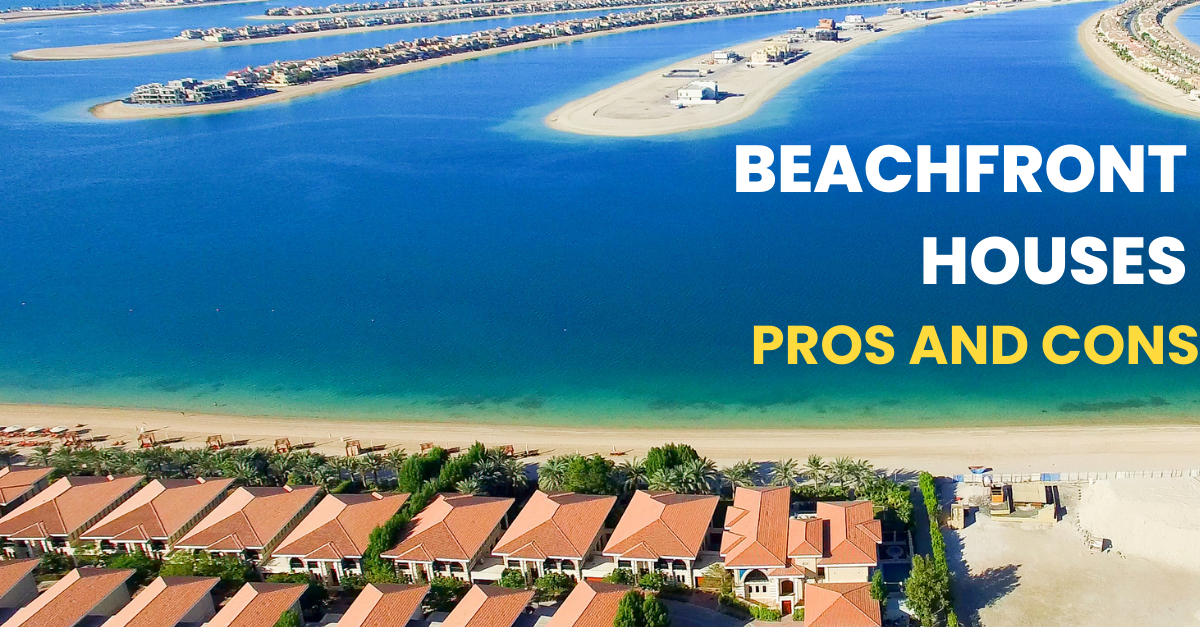Buyers are looking for home offices in residential properties
Residential property sales are witnessing a gradual upturn in real estate markets across the globe. Thanks to low borrowing rates, developer incentives, and historic affordability, property sales are dawdling back to pre-pandemic levels. The sales numbers in 2021 are already quite promising in leading real estate destinations like Singapore, Dubai, Hong Kong, etc., largely due to successful pandemic management and resumption of transactional activity. But buyers aren’t “buying” like before — the pandemic has left a lasting impact on buyer sentiment, leading to new expectations and value propositions. One notable trend is the increased demand for home offices.
Work from home office; not work from home
As the pandemic confined people to their homes, and normalized remote working, employees became more familiar with their home spaces. This new-found awareness of their surroundings drew different reactions from them. Some found it comforting, adequate, and conducive for productive work. The rest felt a lack of privacy, noise, and other limitations that had largely gone unnoticed until then. This in turn prompted them to make minor tweaks in space utilization. Many have since adjusted to working off the kitchen table, working with headphones on, working in spare rooms, etc.
But those who decided to move to a new home have recognized office space as an important criterion. In fact, this trend began to manifest as early as March 2020, during the initial outbreak. And marketplaces, brokers, and sellers, were quick to respond. By one estimate, the number of listings containing the word ‘office’ increased by 16.8% between March–July last year. Such property listings generated significant organic traffic, according to many digital marketplaces. The potential buyers were mostly families hoping to avoid overlap between elders working from home, and children attending online classes.
Developers are now allotting dedicated spaces in homes, for work-from-home professionals. These spaces are often dissociated from the central part of the house, situated on the periphery, where noise levels are low, and optimal lighting and ventilation have been provided. Irrespective of size, these spaces characterize doors with latches, multiple electrical sockets, and designs that can accommodate workstation essentials. In markets with a general glut, many developers are refurbishing the layout, to churn out an additional office space and enhance the property’s marketability. Such turn-key projects are indeed finding takers and fetching a premium, especially in buyers’ markets.
Buyer sentiments that are here to stay
Market forces are currently more pronounced in the rental market, with pandemic-induced buyer sentiments determining occupancy levels and tenant churn. Customers are increasingly seeking pet-friendly spaces, single-family homes, yard space, home gardens, private swimming pools, and spacious accommodation. A few brokers have even received requests for small utility spaces near the doorway, which can house couriers and consignments for a brief period, before they can be safely opened. But such demands are unlikely to last beyond the pandemic. As post-COVID activity picks up, and cabin fever heats up, many will seek common spaces, community living, etc. The same cannot be said about home offices.
Many leading companies have issued permanent work-from-home policies, with many others expected to follow suit. This has led to the exodus of professionals from metros to the countryside, in pursuit of tranquility and a healthier lifestyle. Such buyers are expected to drive sustained demand for home offices, or dedicated office spaces. With employers seeing a positive impact on productivity, and simultaneously cutting back on commercial office rents and utility bills, the case for the home office as a value proposition in post-COVID real estate, is only getting stronger.




